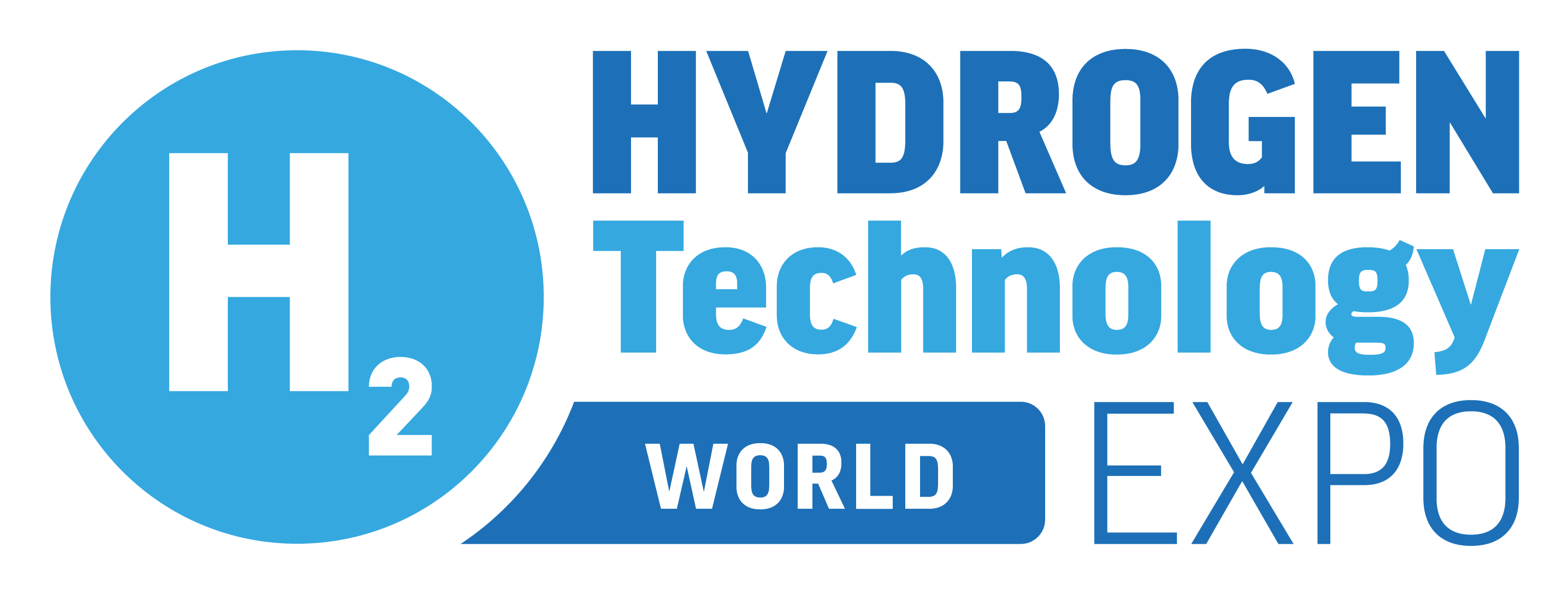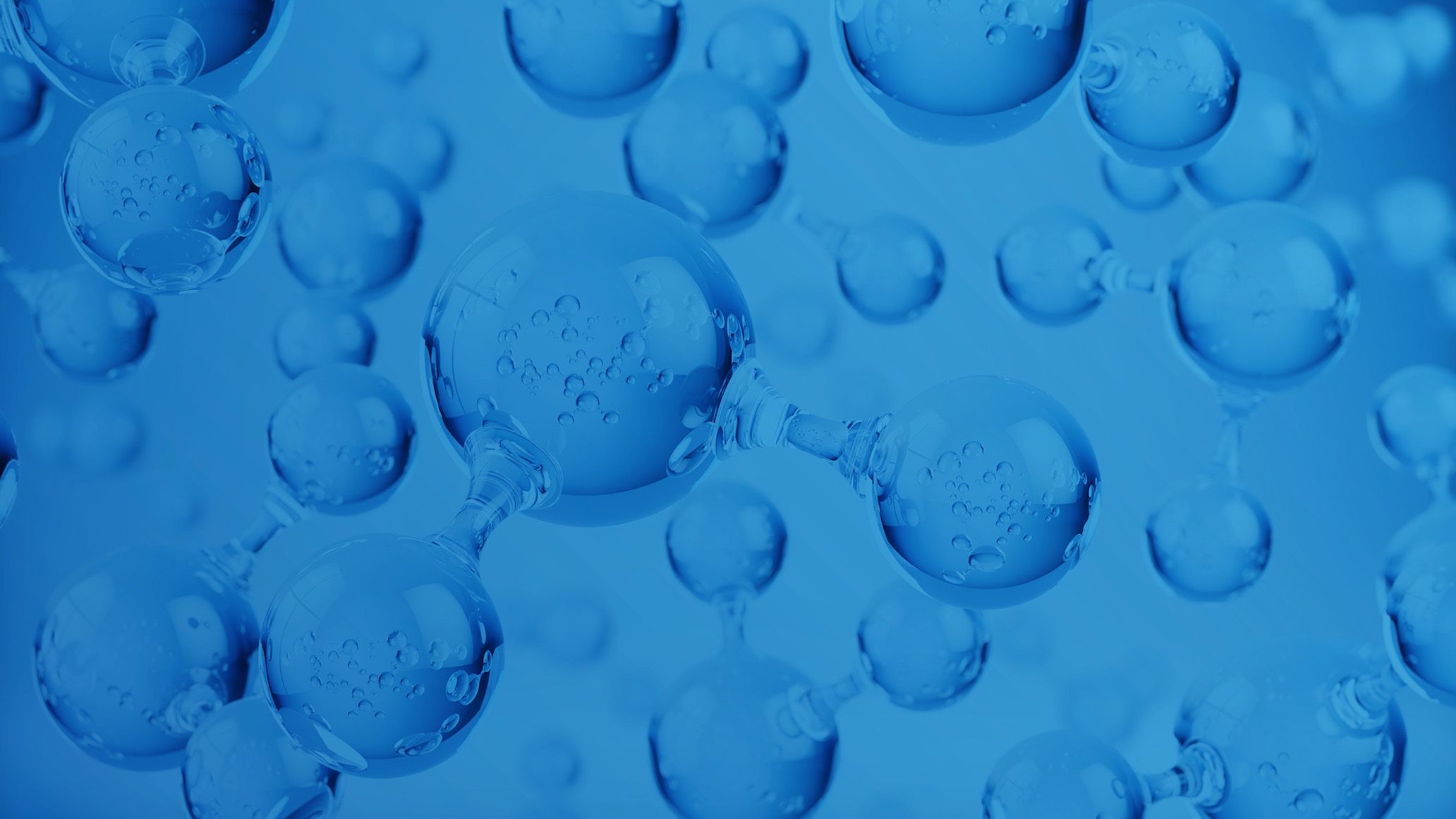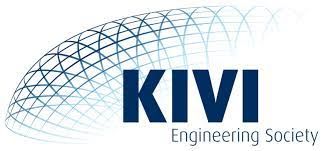Rail Transportation of Hydrogen and its Derivatives
The necessary reduction in GHG emissions in all energy sectors will only work through the rapid substitution of fossil fuels with renewable energy sources. Each alternative energy source that can be produced using renewable energies has its own specific advantages and disadvantages. Ammonia, in addition to its current use as a material, could also play a greater role as an energy source. However, in order to reduce the carbon footprint of ammonia, production and supply paths will have to change in the future. Instead of local NH3 production via natural gas reformation, efficient supply chains from regions with very good conditions for renewable energies would have to be established. One success factor will be the transport of ammonia from the seaport terminals into the hinterland to customers from industry, commerce or even to ammonia crackers. VTG already offers its customers corresponding rail tank cars or NH3-container solutions and will continue to expand these. In future, it will become even more important to integrate these assets into newly emerging logistics chains and to harmonise NH3-transport assets and transshipment infrastructure and processes. If this is successful, ammonia could become a key component in the supply of large volumes of low-emission energy sources to the markets.




)
)
)
)
)
)
)
)
)
)
)
)
)
)
)
)
)
)
)
)
)
)
)
)
)
)
)
)
)
)
)
)
)
)
)
)
)
)
)
)
)
)
)
)
)

)
)
)
)
)
)
)
)
)
)
)
)


)
)
)
)
)
)
)
)
)
)
)
)

)

)
)
)

)
)
)
)
)
)
)
)
)

)
)
)
)

)
)
)
)
)
)
)
)
)
)


)

